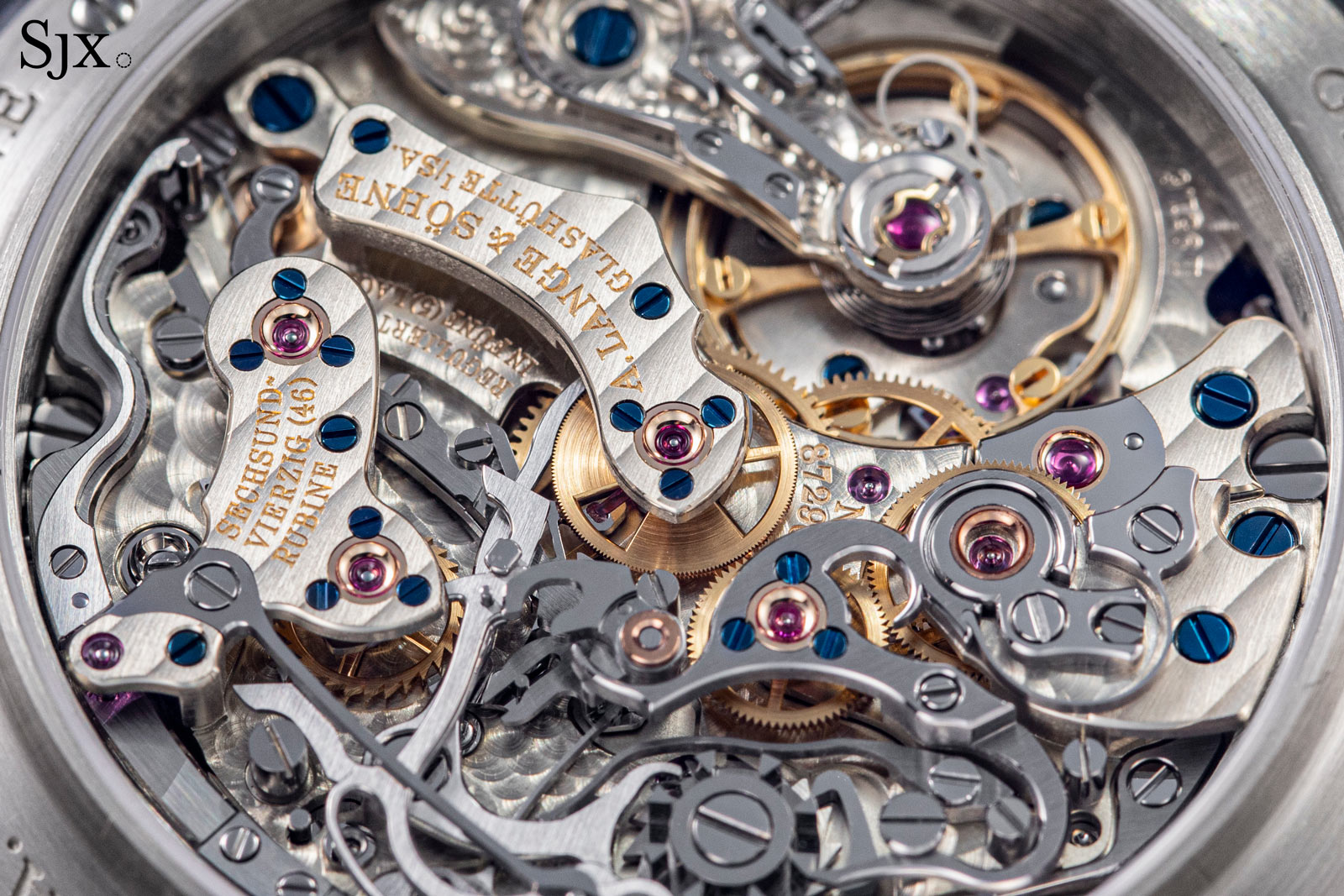Business News: Richemont First Quarter Results, Jewellery Faring Better Than Watches
Continued divergence between divisions.
The first quarter results of Richemont, the Swiss luxury group that just announced a new chief executive, illustrate a well-established trend in the luxury goods industry, with the group’s jewellery brands outperforming its watchmakers in the three months to end June 2024.
Dominated by Cartier and Van Cleef & Arpels, the Swiss group’s jewellery division eked out a 4% increase in sales, reflecting the strength of the group’s twin jewellery giants. Notably, the revenue growth was “supported by both jewellery and watches”, reflecting the brand equity of each jeweller has carried over into their respective watch offerings.
The three jewellery brands – the smallest is Buccellati – accounted for 70% of Richemont’s turnover. Although profit was not announced, the jewellers are also responsible for an even greater share of the group’s profits.
Watch weakness
In contrast, the watch division saw revenue fall 13%. Amongst the division’s brands are IWC, Panerai, Piaget, and Jaeger-LeCoultre. Interestingly, A. Lange & Söhne and Vacheron Constantin were singled out for their “resilience”.
Unsurprisingly, both are haute horlogerie brands that derive the highest proportion of revenue from in-house boutiques, as opposed to third-party retailers. Whether this resilience is durable is an open question, although odds are not in the brands’ favour given their respective product mix, sales strategies, and consumer sentiment.
Only available at boutiques
At a group level, wholesale revenue continue to decline, falling 5% to about a fifth of the group’s revenue, reflecting poor sentiment amongst third-party retailers. This also reflects the fact that most of wholesale revenue comes from watch sales, with the group’s jewellery brands largely selling through their own boutique networks.
In terms of geography, most regions grew healthily, with Japan posting a blowout 59% increase in sales, almost entirely attributable to the falling yen and inbound tourism. According to industry insiders, tourist spending now accounts for as much as half to three-quarters of sales for luxury brands in Japan. The rest of the Asia Pacific, however, saw an 18% fall in sales, illustrating the continued weakness of demand in China, Hong Kong, and Macau, which also plagued the Swatch Group’s recent half-year results.